Subculture Club: Grant Willing ponders nationality, strength, and loyalty amongst secessionists and Burzum fans.
Were you to survey the Tumblrs, Flickrs, and other blogs of the average 20-something photographer […]
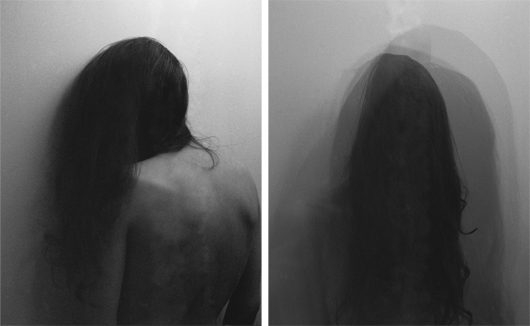
Subculture Club: Grant Willing ponders nationality, strength, and loyalty amongst secessionists and Burzum fans.
Were you to survey the Tumblrs, Flickrs, and other blogs of the average 20-something photographer […]

Were you to survey the Tumblrs, Flickrs, and other blogs of the average 20-something photographer today, the subject matter might boil down to something like this: bored kids doing bong rips at basement shows; hipsters in parks or at the beach, the edges of the pics dappled with leaked light or sun flare; harshly lit nighttime street scenes of homeless people in disarray; other random displays of public drunkenness; maybe the odd skinny girlfriend, tattooed and topless, sporting Ray-Bans with a can of Budweiser in hand. This is not the world in which photographer Grant Willing operates. With a style that belies his mere 23 years of age, the Brooklyn-based Willing, instead assembles carefully crafted, often staged, and seemingly disparate images—a crumpled Capri Sun package, a black leather jacket, a snow-covered mountain, and a balaklava-clad man with an axe—into narratives that evoke notions of loyalty, place, and belonging. His recent series, Svart Metall and Fils de la Liberté, which have both been made into books, consider those themes and draw parallels between Québec’s separatists and Scandinavian death-metal enthusiasts—without ever taking an obvious or didactic approach. We spoke with the Colorado native about the current landscape—photographic and otherwise.
XLR8R: Did you study photography formally?
Grant Willing: I studied photography at Parsons in New York City. I think a lot of my school experience was just becoming acquainted with this whole new world and situation. It was really just a time to figure out what you wanted to do and then trying to figure out how to start doing it. Some of my favorite classes were the design lectures; they were classes I hated taking during school because they weren’t strictly photography-related. Now they’re what I have the fondest memories of, since they were so much broader in scope than a lot of my photo classes.
You seem to travel a fair bit to shoot. What cities or places do you think deserve the most attention right now, from a photographic standpoint?
It’s hard to say… A lot of the time, traveling is more just used as a way for me to be removed from my normal routine and be able to see a new place with a fresh perspective. I do a lot of my work in the mountains in Colorado still, but lately my favorite places to travel to are eastern Canada and Scandinavia… I think it must have something to do with growing up near the mountains, but there always has been an overwhelming sense of allure and mystery to these places.
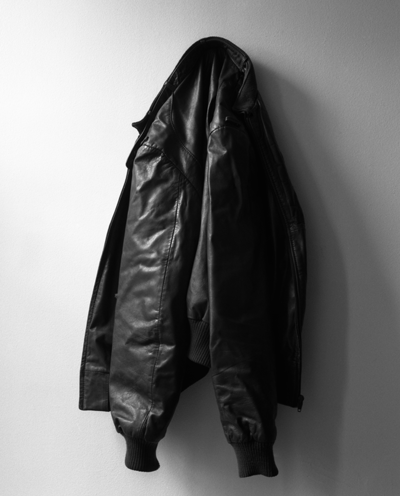
From the
Fils de la Liberté
series
What sparked the Svart Metall (“black metal”) series? The Scandinavian influence is so strong that it’s surprising to find out the photos were all made in the US.
I started working on Svart Metall in 2008 because I had a mental block on another series I had been working on for a while. I needed to just make some new work that wasn’t beating on the same ideas I had been working on throughout most of college. I was listening to a lot of black metal during this time and had just started getting a little more interested in the history of the genre, learning more about bands, and so on. During a trip I took in Pennsylvania, I just started taking photos with a lot of these black metal ideas in my head and I just kept building from there. Actually, there are several images in the series from Scandinavia; I spent a few weeks there in 2009 to really just take in this landscape and ideas I had been researching and obsessing over for a while.
How much of your work is staged, versus happened-upon? (ie. “Untitled (Axe)” and “Untitled (Sword)” seem very much staged.)
A lot of my work is staged and a lot is found or already existing. I think in the end, when an image is seen, it hardly matters, though. When I find something naturally, I’m usually going to spend just as much time making an image there as I would when I build a scene in a studio setting. And after all the work is made, it gets edited down in a way that is recontextualizing all the found scenes similarly to how a staged image is seen. I guess in that sense, I could almost say that most of my work is staged, but I have to go find it.
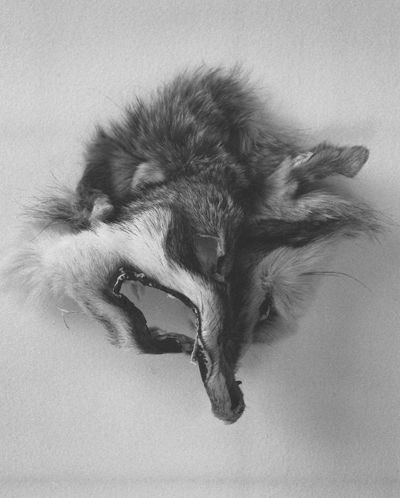
From the
Svart Metall
series
In that regard, do you feel like photographs have any obligation to be “true” representations of reality?
No, I don’t think photography should have any obligation to do anything. At least in terms of an “art context.” I feel that it’s an antiquated thought to believe that photographs are truthful; it’s an argument that can’t really be settled and doesn’t really change how images are read or function.
You run the Humble Arts Foundation’s blog, and contribute to a number of other blogs and the like… How do you combat the fatigue of looking at so much work?
It’s just something that I’ve always loved to do. I remember in school, some people would say to not look at too much work because it can sway your own style or something. I’ve always felt the opposite. I love looking at what other people are doing and just seeing how everything is moving along. I don’t think I could ever see too much good work. When something is really amazing, I can’t get enough of it and I continue to seek it out. It gets to be an exciting feeling to find some new artist you haven’t seen before and to really be into his or her work.
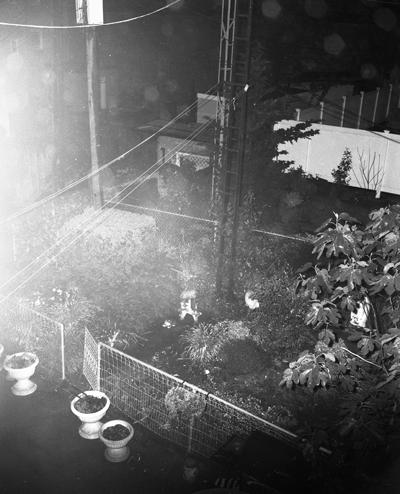
From the
Fils de la Liberté
series
Do you always approach photography as attempting to create a series, or do you find that themes will emerge on their own?
I don’t try to approach making new work with too many preconceived ideas in my head. I feel like I always have a vague, abstract sense of what I want my work to end up like, and my process is just like chipping away at clearing up that mental image. I think it’s okay to start with an idea of what you want to make work about or of, but just not pinned down to the point where if something doesn’t work out it destroys how the rest of your work operates.
What got you interested in Québec separatist politics, which influence the Fils de la Liberté series?
I became interested in this actually through black metal; there is a large amount of nationalistic pride in the music that comes from Québec. Similar to the Svart Metall work, I just started exploring the history and themes a little more deeply. For this work, I wanted to be a little more abstract with where my ideas were coming from, though, and looser with how I handled the images.
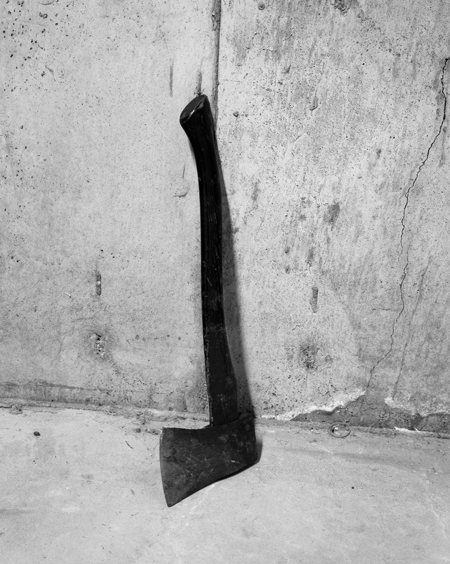
From the
Svart Metall
series
I’m curious about how you selected the shots for that series. Can you explain how the images connect to one another? Or, what your thought process behind it was, and what you’re intending to convey?
Fils de la Liberté was a movement in Québec in the 1830s that was named after the Sons of Liberty movement in the US. It was basically a group of people who were frustrated with how they were being represented in the country and tried to revolt and create a movement for seceding from the rest of Canada. This idea is still popular; there is a large Québécois independence movement now, also. Like I had mentioned, I became interested in this all through black metal, but because I was not personally affected by the specificity of it, I decided to make images with a more loose interpretation of the situation. My images are about separation as an overwhelming emotion and conformity within a society that you don’t necessarily agree with. There are some hints at nationalism that are more true to my heritage, but I didn’t want the work to read the same way as Svart Metall, especially considering it started from a similar place.
What makes a good photograph?
This is always a hard question because there are so many answers depending on the situation. For me, a good photograph is really just an image that is telling something. I don’t think there is too much else besides that. It is something that has a point and conveys it in a way that was intended.
Take a shot at this month’s contest to win Grant Willing’s Svart Metall book.

